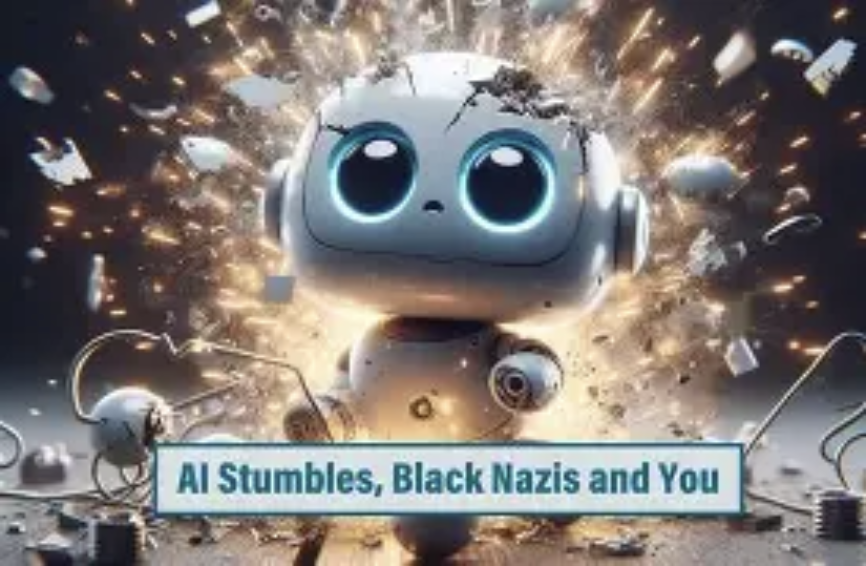Fake news travels faster than the truth
On the information superhighway, truth often appears clumsy and sluggish, while fake news races ahead as if turbocharged. With the continuous advancement of artificial intelligence technology, this acceleration effect has been pushed to new extremes. Today, a hyper-realistic video, an almost indistinguishable image, or even a logically sound, fluently written report can all be generated entirely by AI. Their common trait: sufficiently “real” and sufficiently “fast.”
The human brain is naturally drawn to novelty and sensational content, and AI-generated fake news precisely exploits this psychological tendency. A fabricated video about a celebrity scandal or a false report of a global crisis spreads far more readily than dry factual reporting. Social media algorithms amplify these fabricated stories, spreading them like viruses across the internet. Within hours, they can ignite public outrage or panic, while the truth often takes days or even weeks to emerge.

More unsettlingly, such false content has evolved from crude fabrications to sophisticated counterfeits. Early fake news might have grammatical errors, logical flaws, or odd image details. Now, generative AI can mimic news organizations' writing styles, replicate anchors' voices, and even synthesize footage of leaders delivering speeches. Ordinary people struggle to tell the difference, and even professional detection tools face growing challenges. In other words, AI isn't just generating false information—it's learning how to make lies look like truth.
Some might dismiss this as merely a side effect of technological progress. Yet it has already infiltrated politics, finance, and even public safety. An election could be swayed by fabricated scandals, stock market turmoil triggered by AI-generated statements, and emergency rescue operations delayed by misinformation. Fake news is no longer a laughing matter over tea—it's an invisible bomb threatening social stability.

Of course, not all stories are so bleak. Precisely because AI can create “fakes,” it can also help identify them. Some research institutions are developing counter-algorithms to detect subtle traces in generated content—such as abnormal pixel distributions, frequency discrepancies in speech, or unnatural patterns in text. Much like the cat-and-mouse game between viruses and immune systems, every evolution of fake news compels truth-seekers to forge stronger weapons.
In this era where truth and falsehood blur, the most precious resource may no longer be information itself, but the ability to discern. We must cultivate a skeptical spirit toward news, asking “Is this real?” before sharing. AI makes spreading fake news effortless, yet it also compels us to rethink our relationship with information. Information is no longer a passive flood to be received, but a complex environment requiring active filtering and judgment.

In the future, fake news may never disappear, just as rumors have existed since ancient times. But when AI grants them acceleration and camouflage capabilities, society must find new wisdom to counter them. Truth may be slow, yet it possesses an indomitable strength. Perhaps it is precisely this yearning for authenticity that will ultimately guide us through the virtual fog. Have you noticed how your heart races when you encounter a “shocking news story”? Next time, pause and consider: Could this be an AI illusion, rather than a genuine tremor in the world?
(Writer:Weink)




